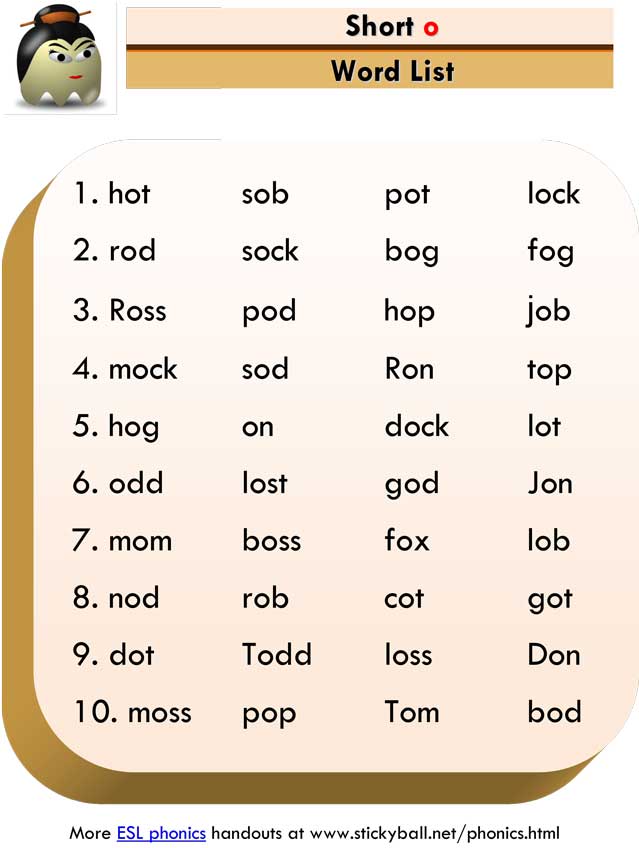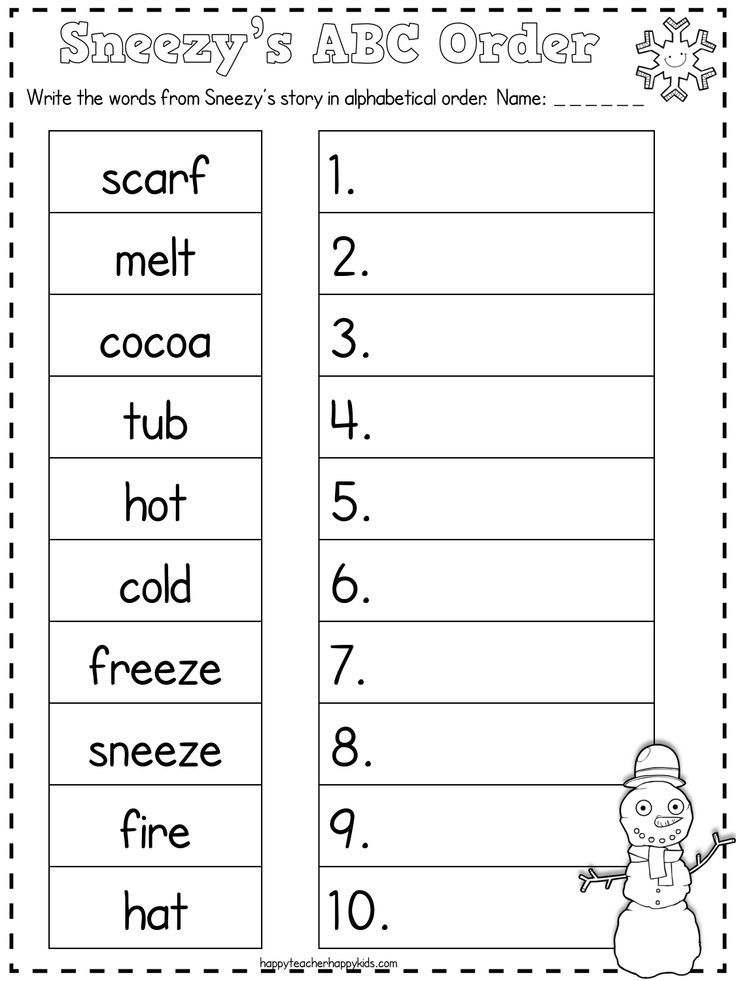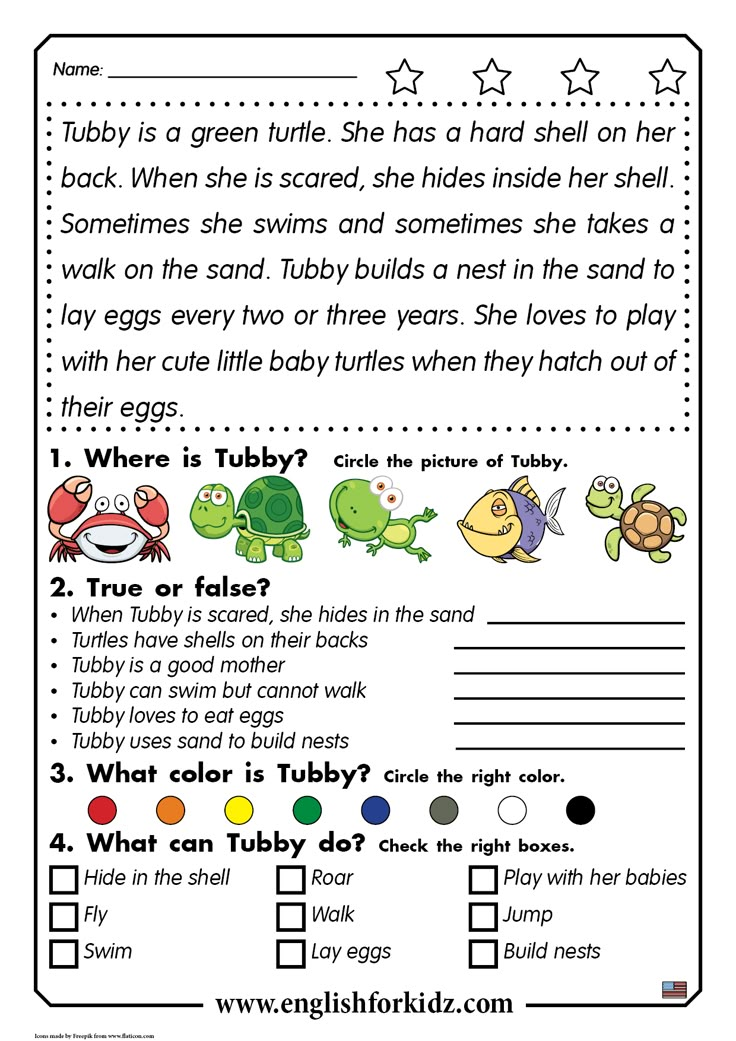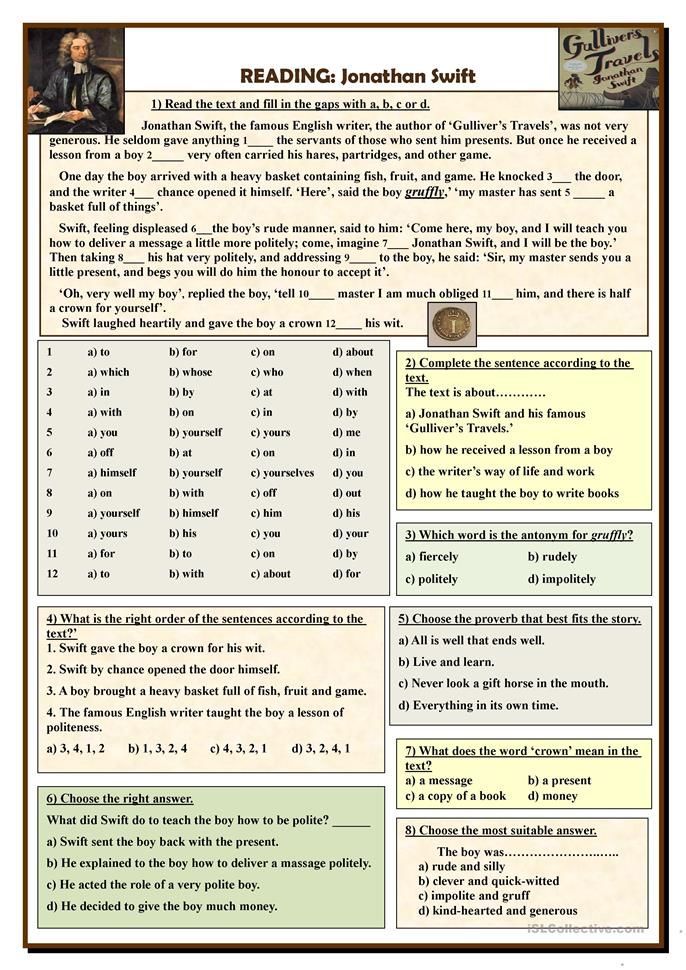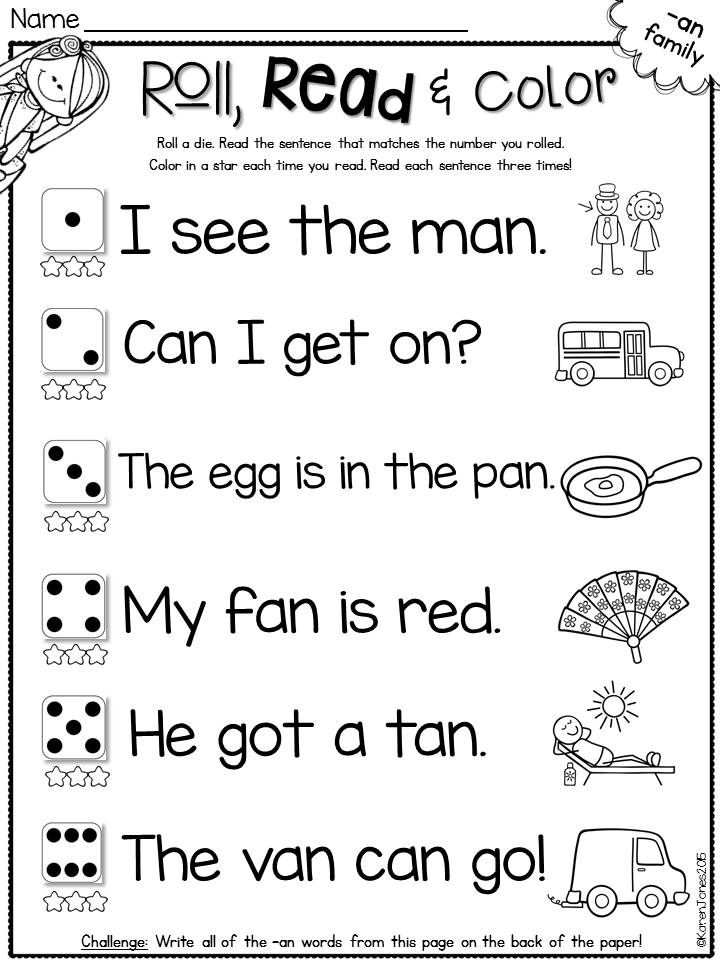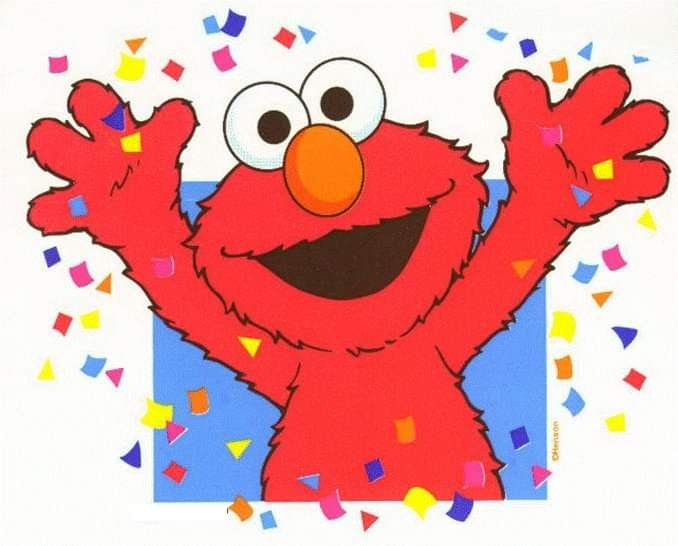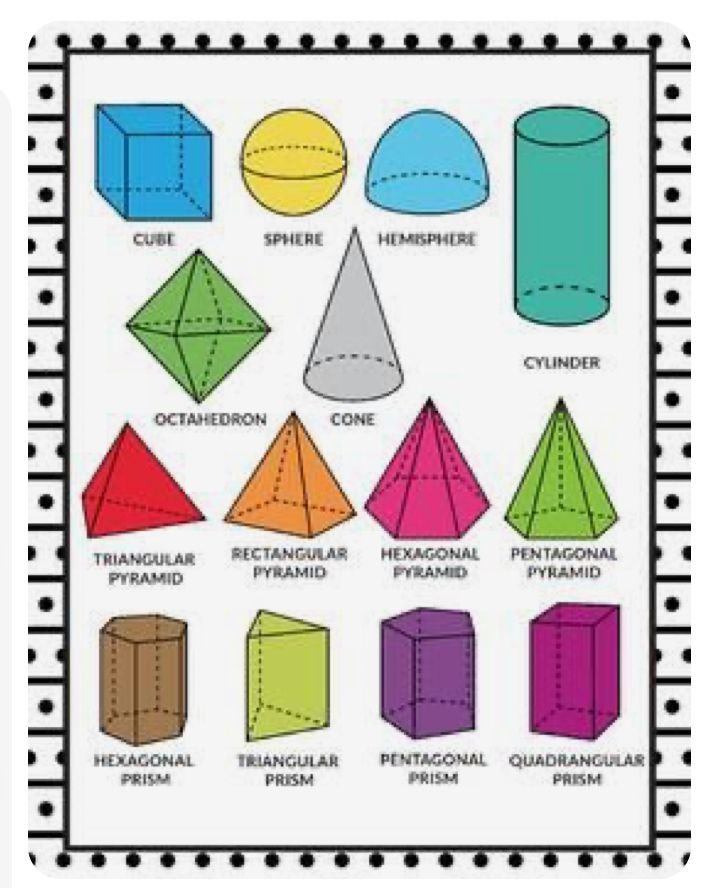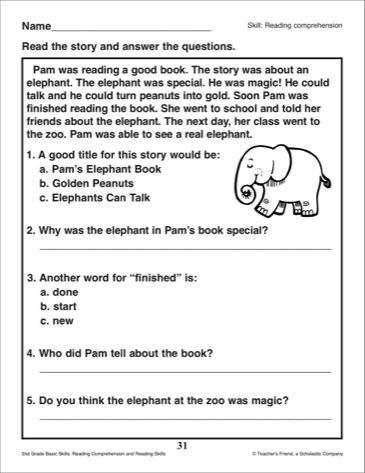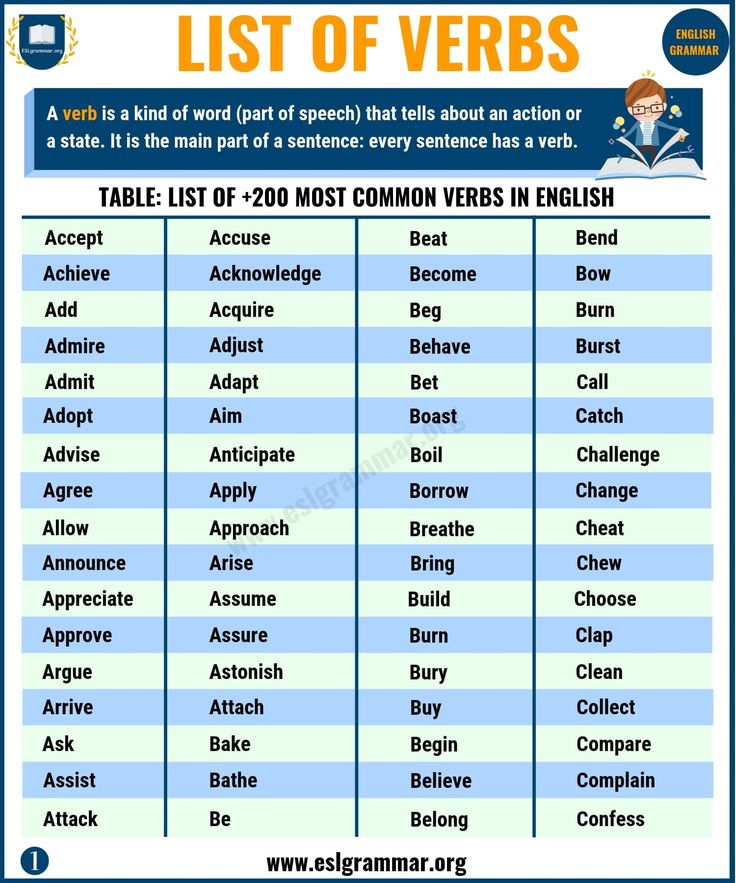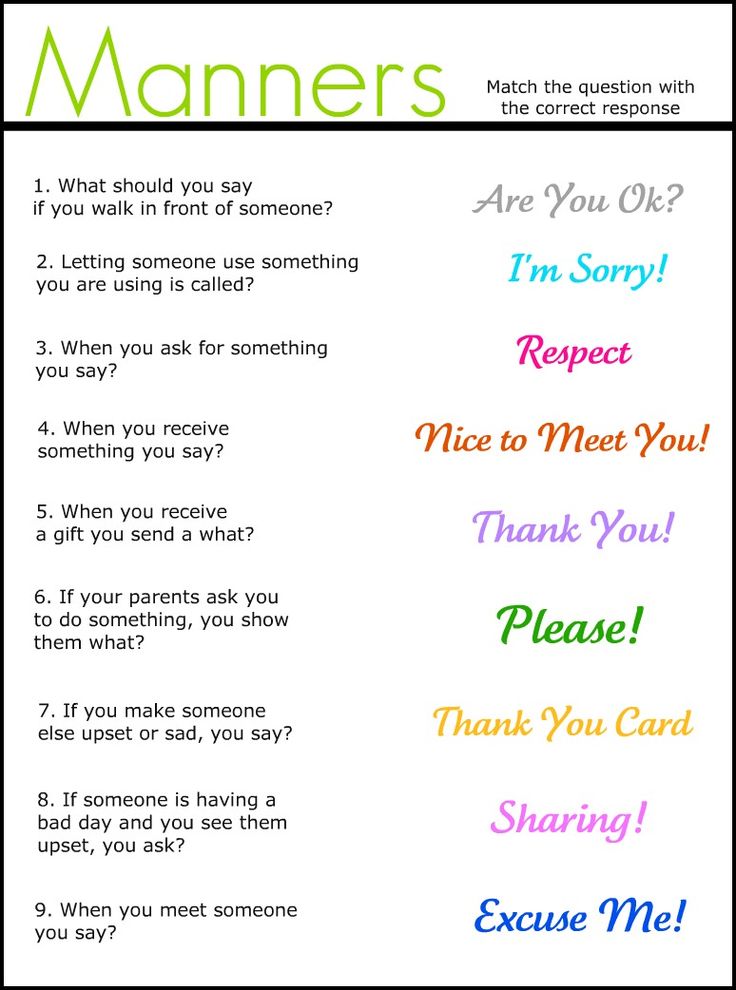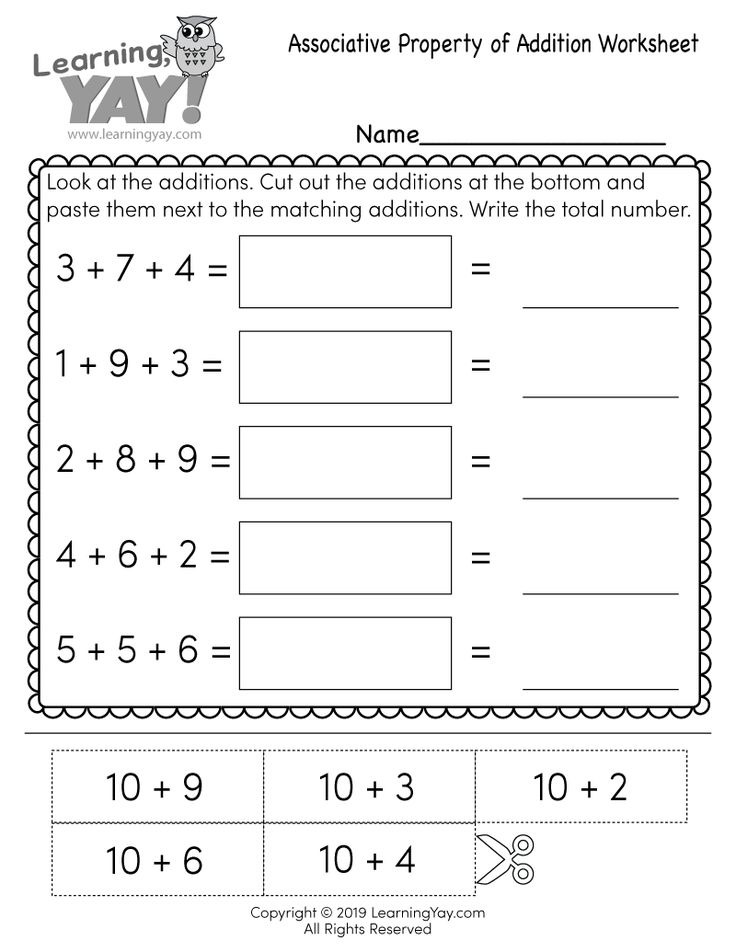List of letter sounds
Letter Sounds: How to Teach the Alphabet
Leave a Comment
- Share
- Tweet
Learning the alphabet typically occurs in steps, beginning with knowing the letter names. It typically begins with learning the ABC song, followed by identifying upper- and lower-case letters as well as different print styles (“a” and “g”). Lastly, a child must learn that each letter represents a sound.
Letter-Sounds
A child must learn each letter’s most common sound first. The table below contains each letter’s common sound as well as an example. If you click on the image above, you will get a PDF file containing alphabet flashcards.
| Letter | Sounds | Example | Letter | Sounds | Example |
|---|---|---|---|---|---|
| A | /a/ | apple | B | /b/ | book |
| C | /k/ | cat | D | /d/ | dog |
| E | /e/ | egg | F | /f/ | fish |
| G | /g/ | goat | H | /h/ | hat |
| I | /i/ | igloo | J | /j/ | jump |
| K | /k/ | kite | L | /l/ | love |
| M | /m/ | mouse | N | /n/ | nail |
| O | /o/ | octopus | P | /p/ | pig |
| Q | /kw/ | queen | R | /r/ | rabbit |
| S | /s/ | sun | T | /t/ | tiger |
| U | /u/ | up | V | /v/ | van |
| W | /w/ | win | X | /ks/ | fo x |
| Y | /y/ | yarn | Z | /z/ | zebra |
Both of my children learned each letters common sound using alphabet flashcards and a DVD – Leap Frog: Letter Factory
. There are many free apps and computer games that also help a child learn the letter sounds.
How to Teach the Alphabet
Educators recommend introducing the “easy” consonants first (high frequency & contrast) and then the short vowels. As noted in the table below, some sounds are more prevalent than others.
| Frequency | Consonant Sounds |
|---|---|
| Very Common (28% – 53%) | R, T, N, L & S -/s/ |
| Common (14% – 27%) | D, C-/k/, M, P & B |
| Less Common (3% – 9%) | F, V, G – /g/, H, J, K & W |
| Rare (Less than 2%) | Z, X-/ks/, Q-/qu/, and Y |
Some educators recommend introducing a few consonants and a short vowel so simple words can be formed. If you introduced the letters a, m, s and t, you could form words, e.g., am, as, at, sat & mat. This approach can form more words than if you introduce the letters in alphabetical order.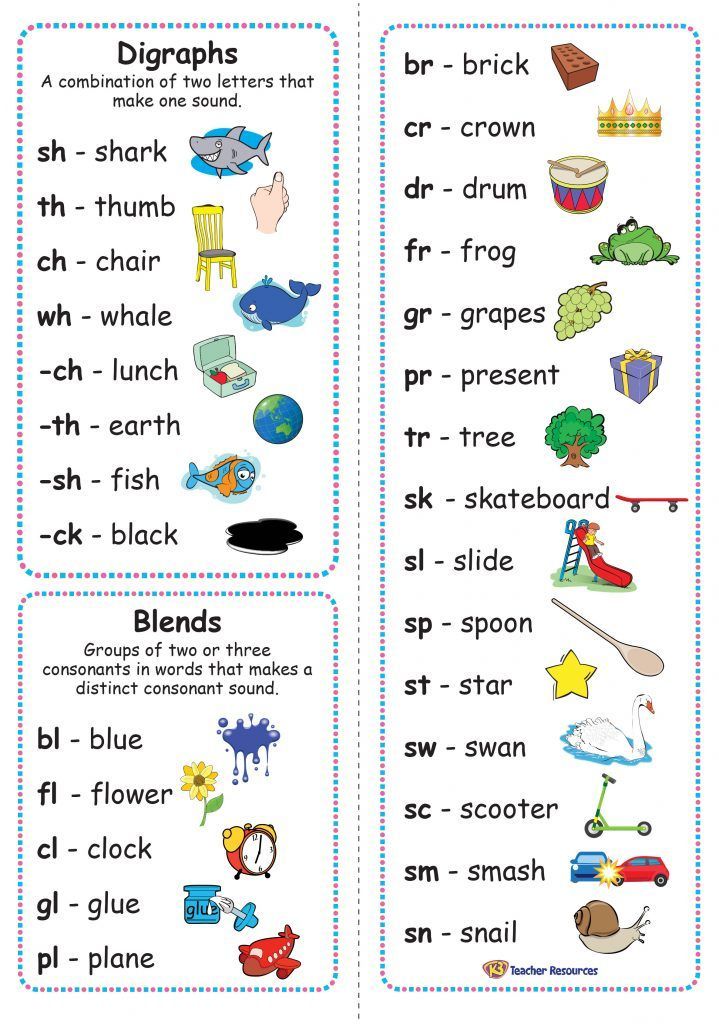
When selecting a few consonants, do not group confusing letters together, e.g., b/p, d/q, b/d, p/q, m/w & u/n. The following consonants are considered easy consonants (high frequency/contrast): T, N, R, M, D, S, L, C, P, B, F & V.
Related Articles
- Alphabet Coloring Pages
- Alphabet Activities
- Alphabet Worksheets
- How to Learn the Alphabet
- How to Write Your Name
Sources:
Fry, E.B., Ph.D. & Kress, J.E., Ed.D. (2006).
The Reading Teacher’s Book of Lists 5th Edition. San Francisco, CA: Jossey Bass.
Rath, L.K., Ed.D & Kennedy, L. (2004). The Between the Lions Book for Parents. New York, NY: Harper Collins.
Vaugh, S & Linan-Thompson, S (2004). Research-Based Methods of Reading Instruction. Alexandria, VA: ASCD.
Reader Interactions
Learn Pronunciation with Speak Method
The Sounds of the Alphabet: Learn Pronunciation with Speak Method| English Online with Speak Method |
|
| Online Classes | Pronunciation Facts | R, Th, T and other sounds | 500 Words Practice |
| Local Classes | Business Communication | TOEFL Prep | ESL Stories |
| Contact us | Vowel
Sounds |
Grammar and Idioms | For Young People |
With
this alphabet chart, understand how to say
the names of the letters and read about all the sounds of each letter
from the alphabet. These are the basic phonetic sounds for American English. To learn important sounds using free videos
online, go to Pronunciation in
English: 500 Words.
These are the basic phonetic sounds for American English. To learn important sounds using free videos
online, go to Pronunciation in
English: 500 Words.
|
Letter |
Sound of Letter Name |
All sounds of letter |
Examples |
|
A, a |
ā-ee (long a to long e, also spell "ay") |
, ā, ah, ā-uh, uh |
cat, late, all, and, around |
|
B, b |
Bee |
buh |
bike |
|
C, c |
See |
kuh, suh |
cake, city |
|
D, d |
Dee |
duh |
did |
|
E, e |
Ee |
eh, ee, silent |
bed, free, late |
|
F, f |
Ef |
fuh |
fed |
|
G, g |
Jee |
guh, juh |
glad, large |
|
H, h |
ā-ch |
huh, silent |
hotel, what |
|
I, i |
ah-ee |
ah-ee, ĭ |
light, sit |
|
J, j |
Jay |
juh |
jump |
|
K, k |
Kay |
kuh |
kite |
|
L, l |
El |
luh, ul |
lot, full |
|
M, m |
Em |
muh |
mother |
|
N, n |
En |
nuh |
nest |
|
O, o |
ō (oh) |
ah, ō, uh, oo, ů |
hot, slow, computer, fool, good |
|
P, p |
Pee |
puh |
put |
|
Q, q |
Kyoo (kyū) |
kwuh |
quick |
|
R, r |
Ah-r |
ruh, ur |
race, stir |
|
S, s |
Es |
suh, zuh |
stick, is |
|
T, t |
Tee |
tuh, duh, N, silent, stopped tuh |
table, better, mountain, interview, hot |
|
U, u |
Yoo (yū) |
uh, yoo, oo, ů |
up, use, flute, full |
|
V, v |
Vee |
vuh |
very |
|
W, w |
Dubōyoo |
wuh, silent |
well, slow |
|
X, x |
Eks |
ks, zuh |
box, xylophone |
|
Y, y |
Wah-ee |
yuh, ee, ah-ee (i), ĭ |
yes, happy, try, cylinder |
|
Z, z |
Zee |
zuh |
zebra |
|
|
|
|
|
pronunciation English
pronunciation Learn More Sound American: Change Your Speech The 500 Common English Words What is a Vowel? English Free Online |
Speakmethod.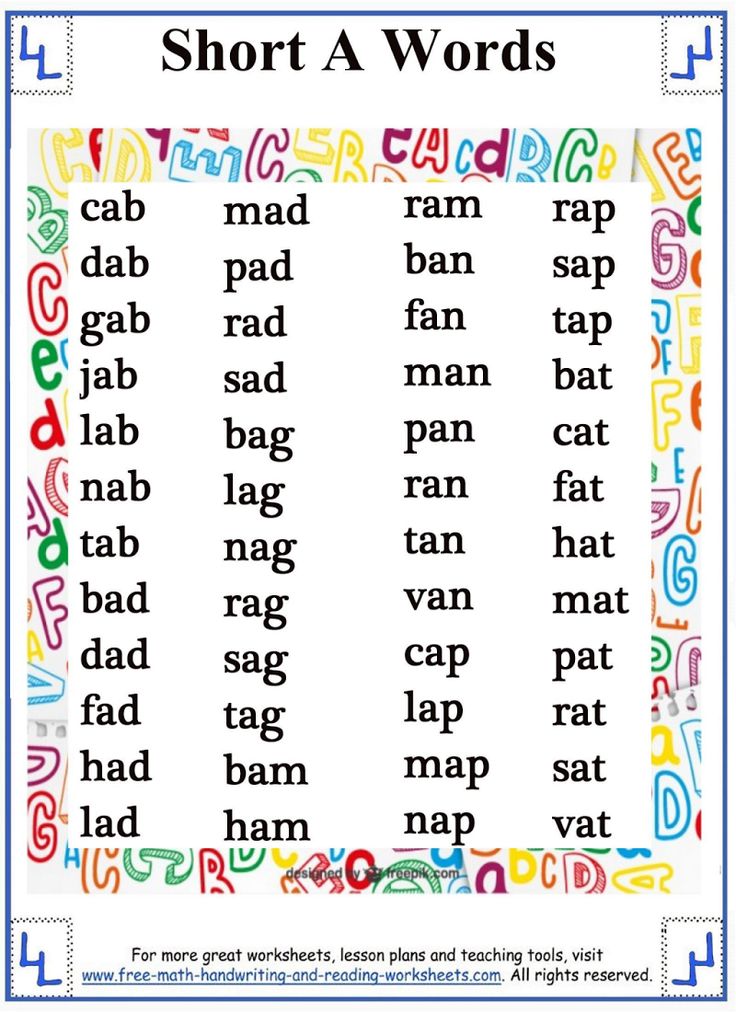 com: English
Pronunciation, Seattle, WA
com: English
Pronunciation, Seattle, WA
English online with Speak Method
Sounds and letters of the Russian language - scheme, table, transcription
Contents:
• What is sound?
• What sounds are there?
• How are sounds pronounced?
• Transcription of the word
• Color scheme
Sounds belong to the phonetics section. The study of sounds is included in any school curriculum in the Russian language. Acquaintance with sounds and their main characteristics occurs in the lower grades. A more detailed study of sounds with complex examples and nuances takes place in middle and high school. This page provides only basic knowledge of the sounds of the Russian language in a compressed form. If you need to study the device of the speech apparatus, the tonality of sounds, articulation, acoustic components and other aspects that are beyond the scope of the modern school curriculum, refer to specialized textbooks and textbooks on phonetics.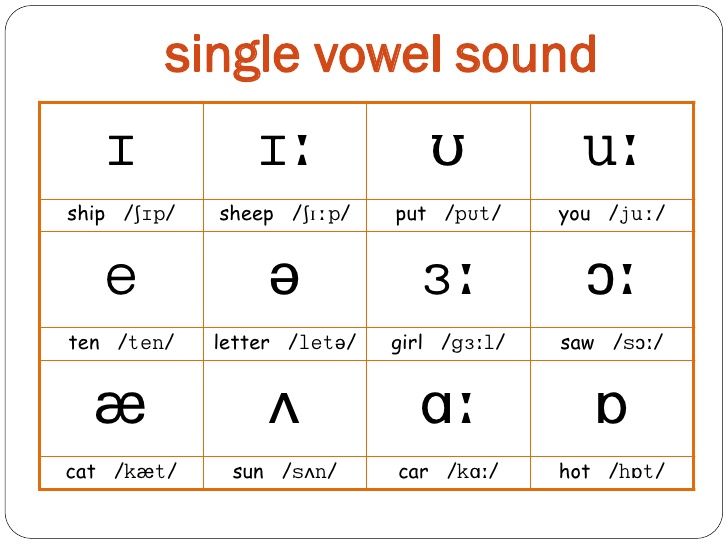 nine0008
nine0008
What is sound?
Sound, like words and sentences, is the basic unit of language. However, the sound does not express any meaning, but reflects the sound of the word. Thanks to this, we distinguish words from each other. Words differ in the number of sounds (port - sport, crow - funnel), set of sounds (lemon - estuary, cat - mouse), sequence of sounds (nose - dream, bush - knock) up to a complete mismatch of sounds (boat - boat, forest - park ).
What sounds are there?
In Russian, sounds are divided into vowels and consonants. There are 33 letters and 42 sounds in Russian: 6 vowels, 36 consonants, 2 letters (ь, ъ) do not indicate a sound. The discrepancy in the number of letters and sounds (not counting b and b) is due to the fact that there are 6 sounds for 10 vowels, 36 sounds for 21 consonants (if we take into account all combinations of consonant sounds deaf / voiced, soft / hard). On the letter, the sound is indicated in square brackets.
There are no sounds: [e], [e], [yu], [i], [b], [b], [g '], [w '], [c '], [th], [h ], [sch].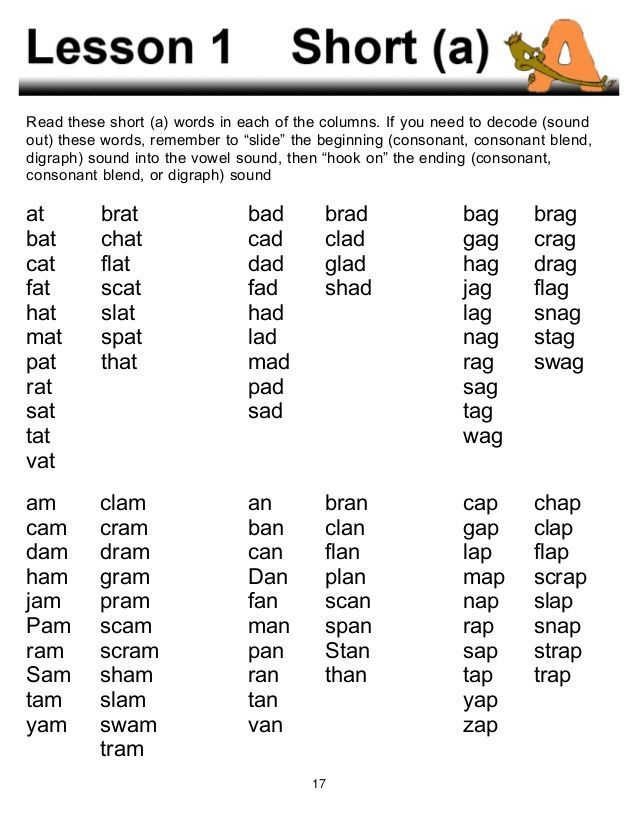 nine0008 Scheme 1. Letters and sounds of the Russian language. Scheme 1.1. Letters and sounds of the Russian language. Scheme 1.2. Vowels and sounds of the Russian language. Scheme 1.3. Consonants and sounds of the Russian language. Scheme 1.4. Russian letters that do not represent sounds.
nine0008 Scheme 1. Letters and sounds of the Russian language. Scheme 1.1. Letters and sounds of the Russian language. Scheme 1.2. Vowels and sounds of the Russian language. Scheme 1.3. Consonants and sounds of the Russian language. Scheme 1.4. Russian letters that do not represent sounds.
How are sounds pronounced?
We pronounce sounds while exhaling (only in the case of the interjection "a-a-a", expressing fear, the sound is pronounced while inhaling.). The division of sounds into vowels and consonants is related to how a person pronounces them. Vowel sounds are pronounced by the voice due to the exhaled air passing through the tense vocal cords and freely exiting through the mouth. Consonant sounds consist of noise or a combination of voice and noise due to the fact that the exhaled air meets an obstacle in its path in the form of a bow or teeth. Vowel sounds are pronounced loudly, consonant sounds are muffled. A person is able to sing vowel sounds with his voice (exhaled air), raising or lowering the timbre.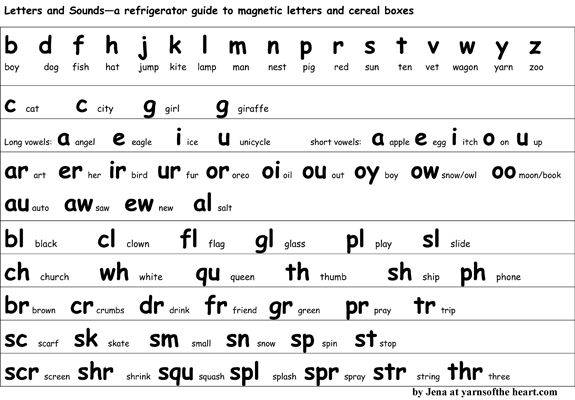 Consonant sounds cannot be sung, they are pronounced equally muffled. Hard and soft signs do not represent sounds. They cannot be pronounced as an independent sound. When pronouncing a word, they affect the consonant in front of them, make it soft or hard. nine0008
Consonant sounds cannot be sung, they are pronounced equally muffled. Hard and soft signs do not represent sounds. They cannot be pronounced as an independent sound. When pronouncing a word, they affect the consonant in front of them, make it soft or hard. nine0008
Transcription of a word
Transcription of a word is a recording of sounds in a word, that is, in fact, a record of how the word is pronounced correctly. Sounds are enclosed in square brackets. Compare: a is a letter, [a] is a sound. The softness of consonants is indicated by an apostrophe: p - letter, [p] - hard sound, [p '] - soft sound. Voiced and voiceless consonants are not marked in writing. The transcription of the word is written in square brackets. Examples: door → [dv'er '], thorn → [kal'uch'ka]. Sometimes stress is indicated in transcription - an apostrophe before a vowel stressed sound. nine0008
There is no clear correspondence between letters and sounds. In the Russian language, there are many cases of substitution of vowel sounds depending on the place of stress of a word, substitution of consonants or dropping out of consonant sounds in certain combinations.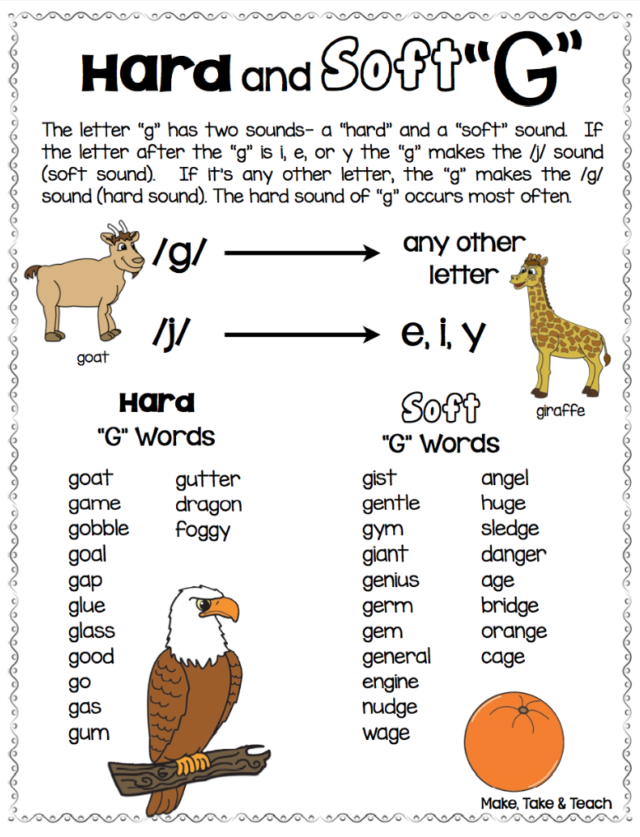 When compiling a transcription of a word, the rules of phonetics are taken into account.
When compiling a transcription of a word, the rules of phonetics are taken into account.
Color scheme
In phonetic parsing, words are sometimes drawn with color schemes: letters are painted with different colors depending on what sound they mean. Colors reflect the phonetic characteristics of sounds and help you visualize how a word is pronounced and what sounds it consists of. nine0008
All vowels (stressed and unstressed) are marked with a red background. Iotated vowels are marked green-red: green means a soft consonant sound [y ‘], red means the vowel following it. Consonants with solid sounds are colored blue. Consonants with soft sounds are colored green. Soft and hard signs are painted in gray or not painted at all.
| Vowels0040 | |
| Consistent | Tsh zh zh zhb z k l m h r ch chhh |
| b, b. | b |
- vowel, - vowel iot - hard consonant, - soft consonant, - soft or hard consonant, - does not mean a sound.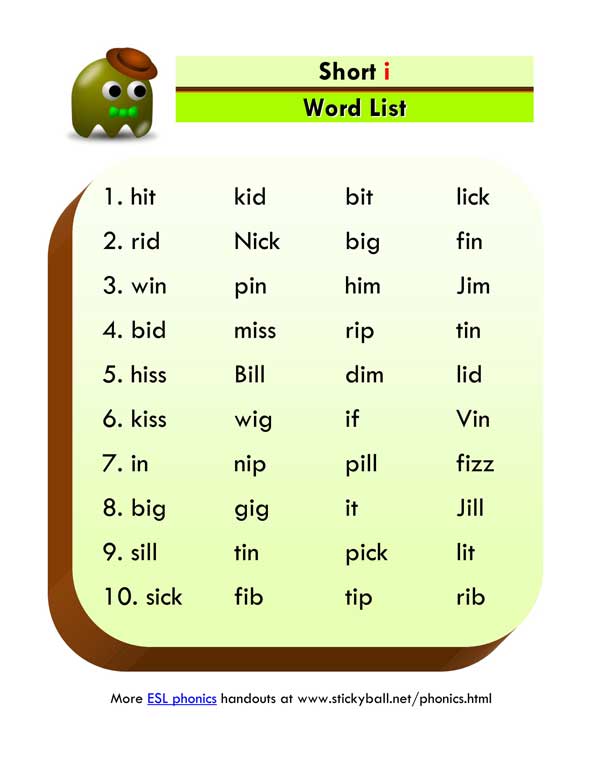
The blue-green color is not used in the schemes for phonetic analysis, since a consonant cannot be both soft and hard at the same time. The blue-green color in the table above is only used to show that the sound can be either soft or hard. nine0008
Words with the letter ё must be written through ё. Phonetic parsing of the words "everything" and "everything" will be different!
Consonant letters and consonant sounds of the Russian language - scheme, table
Contents:
• Consonants and sounds
• Hard and soft
• Voiced and deaf
• Sonorant, noisy and hissing
• Paired and unpaired
In Russian 21 consonants and 36 consonants. Consonants and their corresponding consonant sounds:
b - [b], c - [c], d - [g], d - [d], f - [g], d - [d], s - [h] , k - [k], l - [l], m - [m], n - [n], n - [n], p - [r], s - [s], t - [t], f - [f], x - [x], c - [c], h - [h], w - [w], u - [u]. nine0008
Consonants are divided into voiced and voiceless, hard and soft.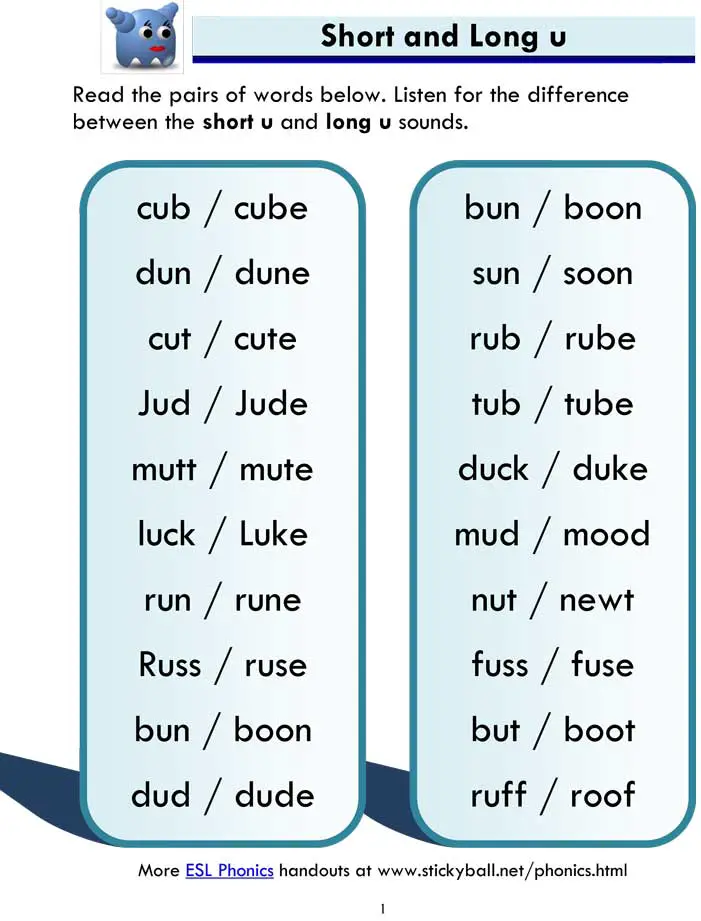 They are paired and unpaired. There are 36 different combinations of consonants in terms of pairing-unpairing of hard and soft, deaf and voiced: deaf - 16 (8 soft and 8 hard), voiced - 20 (10 soft and 10 hard).
They are paired and unpaired. There are 36 different combinations of consonants in terms of pairing-unpairing of hard and soft, deaf and voiced: deaf - 16 (8 soft and 8 hard), voiced - 20 (10 soft and 10 hard).
Hard and soft consonants
There are hard and soft consonants. They are divided into paired and unpaired. Paired hard and paired soft consonants help us distinguish between words. Compare: horse [kon '] - con [kon], bow [bow] - hatch [l'uk]. nine0008
For understanding, let's explain "on the fingers". If a consonant letter in different words means either a soft or a hard sound, then the sound is paired. For example, in the word cat, the letter k denotes a hard sound [k], in the word whale, the letter k denotes a soft sound [k ']. We get: [k] - [k '] form a pair of hardness-softness. Sounds for different consonants cannot be attributed to a pair, for example [v] and [k '] do not make a pair in hardness-softness, but make a pair [v] - [v '].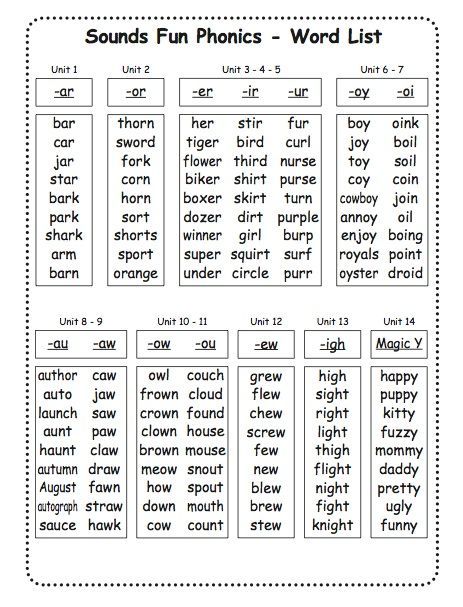 If a consonant is always hard or always soft, then it belongs to unpaired consonants. For example, the sound [g] is always solid. There are no words in Russian where it would be soft [zh']. Since there is no pair [w] - [w ’], then it belongs to unpaired ones. nine0008
If a consonant is always hard or always soft, then it belongs to unpaired consonants. For example, the sound [g] is always solid. There are no words in Russian where it would be soft [zh']. Since there is no pair [w] - [w ’], then it belongs to unpaired ones. nine0008
| Parny | unpaired | ||
|---|---|---|---|
| Frudge | Soft | Always hard | Always soft |
| [b], [g], [G], [G], [G], [G], [G], [G], [G], [GEN], DIR , [k], [l], [m], [n], [p], [p], [s], [t], [f], [x] | [b'], [c' ], [g'], [d'], [h'], [k'], [l'], [m'], [n'], [p'], [p'], [s' ], [t'], [f'], [x'] | [w], [w], [c] | [h'], [w'], [d'] |
Voiced and voiceless consonants
There are voiced and voiceless consonants. Thanks to voiced and deaf consonants, we distinguish words. Compare: ball - heat, stake - goal, house - volume. Deaf consonants are pronounced with the mouth almost covered; when they are pronounced, the vocal cords do not work. For voiced consonants, more air is needed, the vocal cords work.
For voiced consonants, more air is needed, the vocal cords work.
Some consonants have a similar sound in terms of pronunciation, but are pronounced with different tonality - dull or voiced. Such sounds are combined in pairs and form a group of paired consonants. Accordingly, paired consonants are a pair of voiceless and voiced consonants. nine0008
- paired consonants: b-p, v-f, g-k, d-t, s-s, w-w.
- unpaired consonants: l, m, n, p, d, c, x, h, u.
| Parny | unpaired | ||
|---|---|---|---|
| Verbal | Deaf | Always deaf | |
| [B '], [B'], [B '], [B'], [B '], [B'], [B '] [B'] [B '] [BITA [g], [g'], [d], [d'], [g], [h], [h'] | [p], [p'], [f], [f'], [k], [k'], [t], [t'], [w], [s], [s'] | [d'], [l], [l'], [m], [m'], [n], [n'], [p], [p'] | [x], [x’], [c], [h’], [u’] |
Sonorant, noisy and hissing consonants
Sonorant — voiced unpaired consonants.